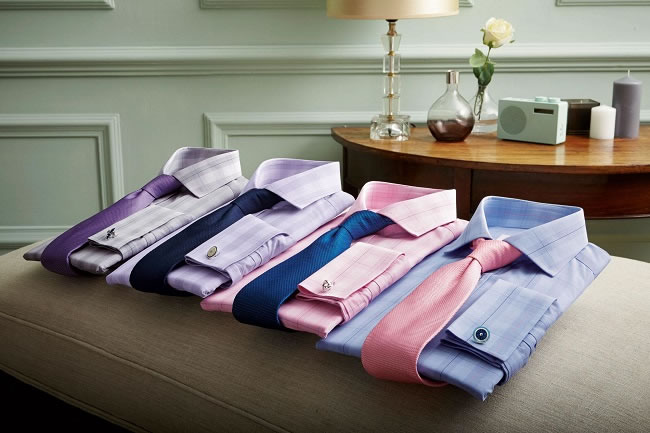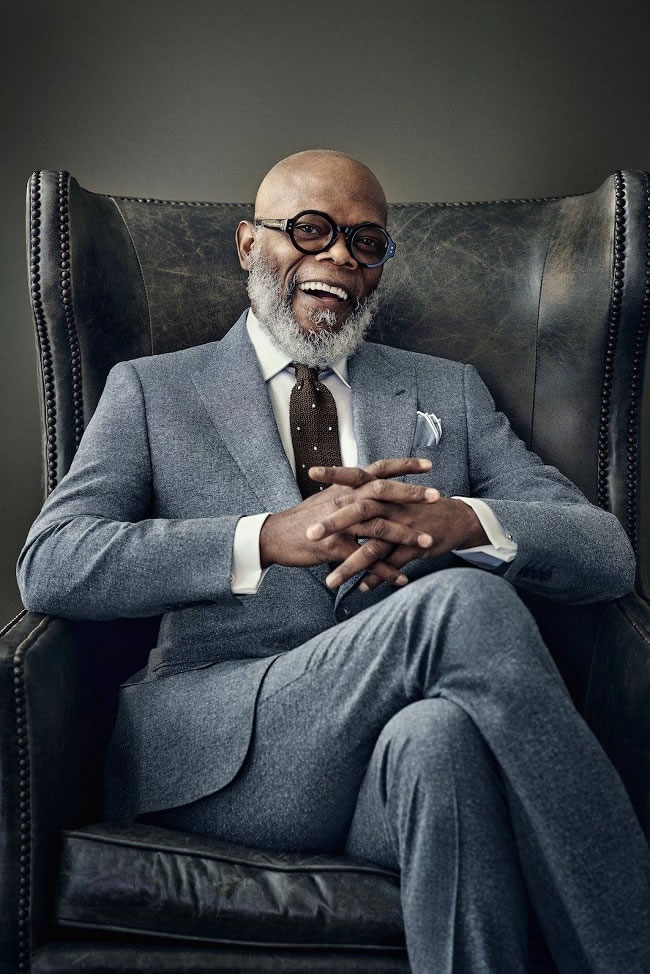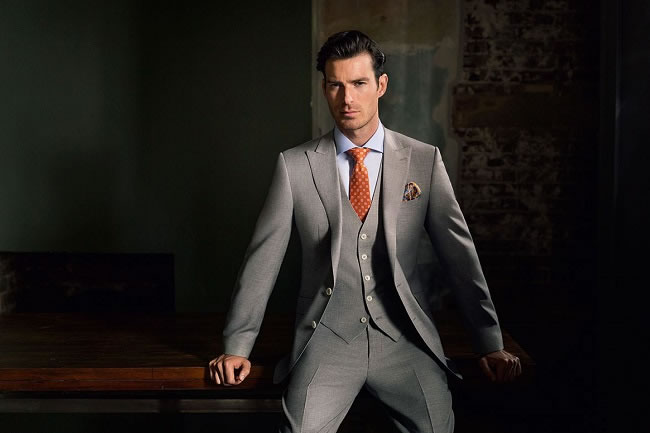1
HOME > Tips & Advice >
A BUYER’S GUIDE TO MEN’S SHIRTS
TIPS ON STYLE, FITTING, COLLAR TYPES AND CUFFS
Written by Rakelle Maurici in Tips & Advice on the 4th August 2015

The shirt is a staple item (or items) that should be found in every man’s wardrobe in all kinds of colours, styles, fabrics and patterns. But ask yourself, are you wearing them correctly? You can’t match a casual pair of trousers with a dress shirt, or wear an oxford shirt under a formal suit. Here’s our handy go-to guide on how to and how not to wear a man’s most loved item.
The Fit
First and foremost, get measured so that you know you are wearing the correct size. The neck is the most important and a lot of experts recommend following the 1 finger rule (if you can fit your index finger between the collar and your neck when the shirt is completely buttoned up). Secondly, is the material ‘overhanging’ between your trousers and your waist? This indicates the shirt is too big for you. More and more men are wearing slim fitting shirts as opposed to tailored fitting, these match better both with and without a jacket and generally look smarter and sleeker.

The Style
There a many different collar styles out there and generally speaking, they just depend on personal preference. However, if you want to go for a formal traditional look, choosing the wrong shirt will make you look like you've just left the office. It really stems from the collar and cuffs as to how dressy the shirt appears. There are many collar styles out there but there are three main ones:
The Point Collar - This is the most common and popular choice of shirt. It sits well with or without a tie and with most suit jacket lapels. You can dress it up with a three-piece suit and tie or simply dress it down with just jeans and a sports jacket. The look is sophisticated enough for either the office or for an evening occasion.

Button Down Collar - This is pretty self-explanatory given the name. It is the most casual of shirts and more commonly worn without a tie. The most popular way to wear this right now is with the shirt buttoned to the top and the collar buttoned down, usually with a check or pattern on the shirt. It’s a simple yet versatile style which can be worn with jeans, chinos and trousers.
Spread Collar - This is where the collar is cut back giving a dressier image because it gives more attention to the tie and the V area when worn under a jacket. A spread collar shirt is rarely worn without a tie so this style of shirt is best worn for formal occasions. The best kind of knot for this shirt is a Windsor knot as it’s fuller in appearance, filling the area surrounding your neck where the collar is cut away. Always ensure there is no shirt showing between the top of the knot on your tie and the collar under your chin for a clean and sartorial look. Spread collars also work well with a bow-tie as it allows for more space.

The Cuffs
These are often forgotten about as people believe it is okay for cuffs to be covered by your jacket. However, you should always have 1cm (of your shirt cuff) showing under the sleeve of your suit jacket. It’s these small details which don’t go unnoticed. For a dressier style choose a shirt with a Cocktail cuff where it folds back on itself and is fastened with buttons or cufflinks. Alternatively there is a French cuff which wraps around and is fastened only by cufflinks, and is the dressiest cuff style you’ll find - so if you’re attending a wedding or evening ball, this is the perfect option for cocktail attire. Lastly, for day-to-day wear and more casual attire, the most common shirts you'll find are with a button cuff with either 2 or 3 button options so you can find the perfect fit on your wrist at ease.

Trending
2
3
4
5
6
7
8
9
10











